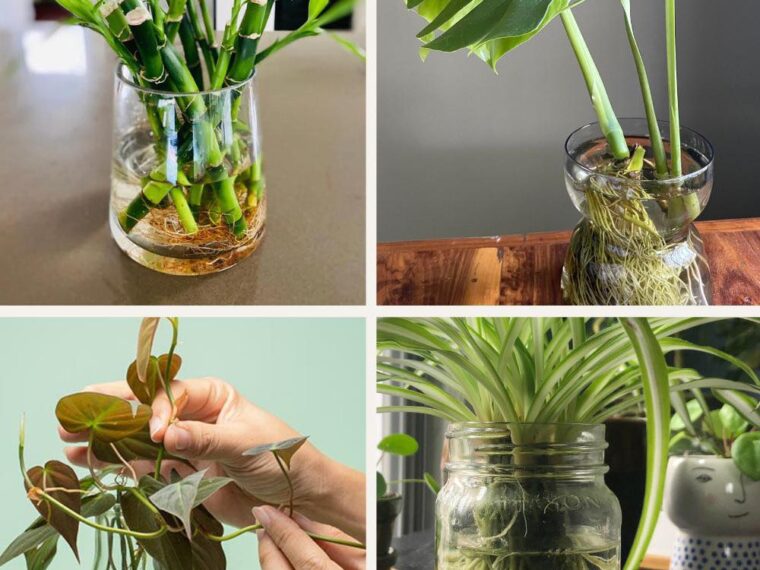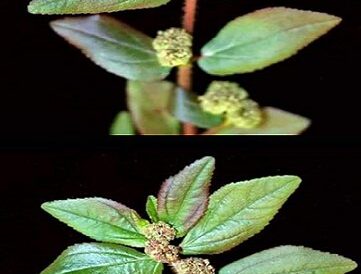Houseplants not only bring life and beauty indoors but also have the power to purify the air and enhance your mood. While soil is the traditional medium for growing plants, many houseplants can thrive in water alone. Water propagation is not only convenient but also a fascinating way to witness the growth of roots and nurture your green companions. Here are six houseplants that you can easily grow in water, turning your space into a lush, vibrant oasis.
1. Pothos (Epipremnum aureum)
Pothos, also known as Devil’s Ivy, is one of the most versatile and low-maintenance houseplants. Its heart-shaped leaves can thrive in water or soil, making it an ideal choice for beginners. Propagating pothos in water is a straightforward process—simply snip a vine just below a node (where the leaf grows) and place it in a container of water. In no time, you’ll see roots sprouting, and your plant will flourish.

2. Spider Plant (Chlorophytum comosum)
Spider plants are beloved for their air-purifying qualities and ease of care. These plants produce offshoots known as “spiderettes” that dangle from the main plant. To propagate in water, snip off the spiderette with a few inches of stem and place it in a container of water. After a few weeks, roots will emerge, and your new spider plant is on its way.

3. Lucky Bamboo (Dracaena sanderiana)
Lucky bamboo, despite its name, is not a bamboo plant but a type of dracaena. It’s a symbol of good luck and is incredibly easy to grow in water. Place the lucky bamboo stalks in a vase with an inch or two of water, ensuring to change the water every two to four weeks. It grows slowly but gracefully, adding a touch of elegance to any space.

4. Monstera (Monstera deliciosa)
Monstera, with its iconic split leaves, can be propagated in water with a stem cutting. Choose a healthy stem with a few leaves and place it in a container of water, ensuring that the node where the leaf meets the stem is submerged. Roots will develop within a few weeks, and once they’re established, you can transfer the cutting to soil or continue growing it in water.





